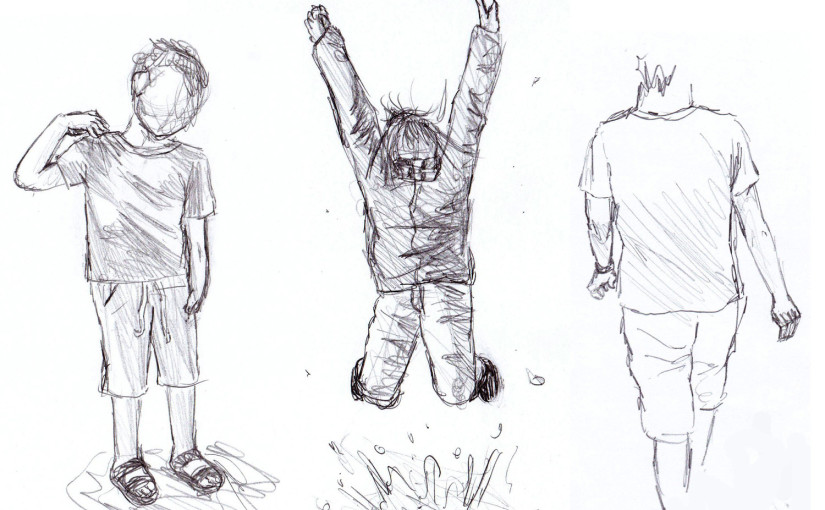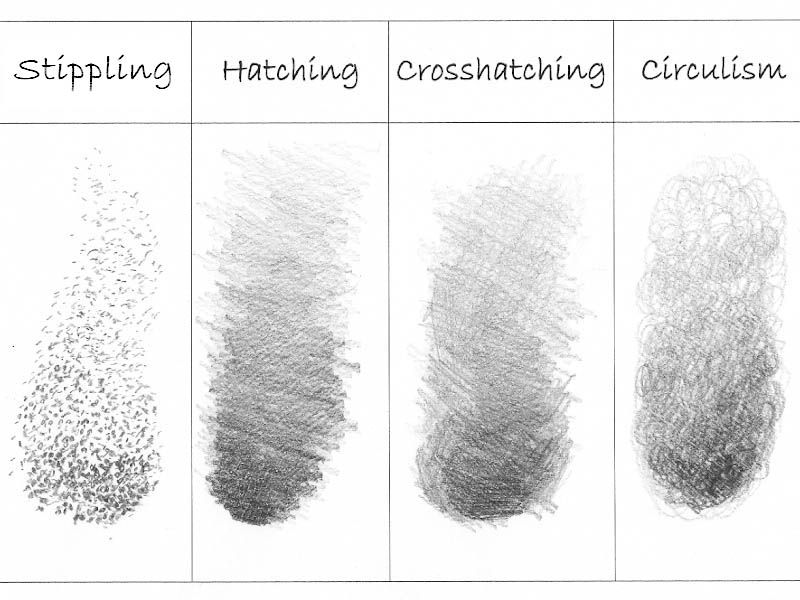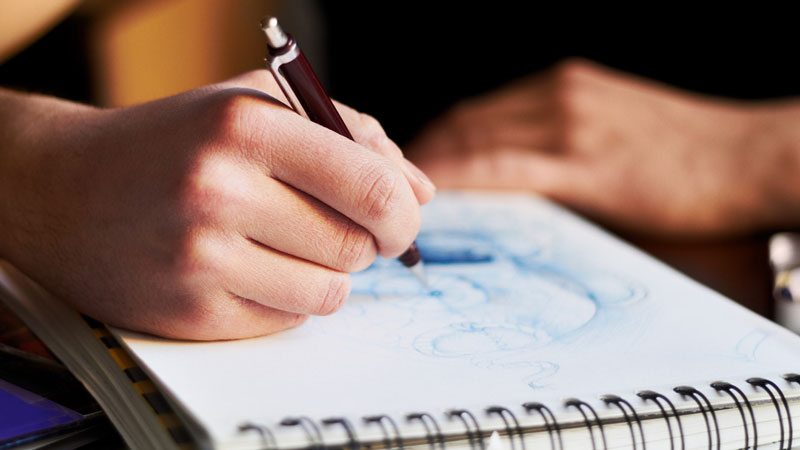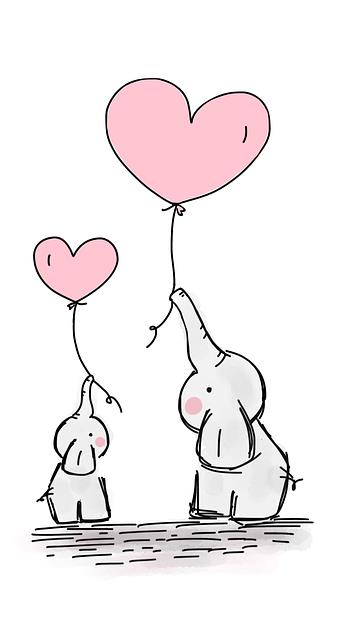
Welcome to 'Unleashing Your Artistic Side: Mastering Pastel Sketching.' In this article, we will delve into the captivating world of pastel sketching, a medium that offers boundless creative freedom.
Whether you are a beginner or an experienced artist looking to enhance your skills, this guide will provide you with the knowledge and techniques necessary to create stunning pastel sketches.
From selecting the right pastels to mastering blending and layering, prepare to unlock your artistic potential and embark on an enriching journey of self-expression.
Choosing the Right Pastels for Your Artistic Journey
One must carefully select the appropriate pastels to enhance their artistic journey in pastel sketching. Understanding pigment quality, texture, and color selection are key factors in making this choice.
Pigment quality refers to the concentration and purity of the pigments used in the pastels. High-quality pigments will result in vibrant and long-lasting colors.
Texture plays a significant role in the application of pastels. Artists can choose from a range of textures, from soft and buttery to hard and chalky, depending on their desired effect.
Color selection is a personal preference but understanding color theory and the different shades available can help artists create depth and harmony in their work.

Exploring different pastel brands is also important, as each brand has its own unique characteristics, such as the level of softness, lightfastness, and range of colors.
Mastering the Art of Blocking In: A Foundation for Pastel Sketching
To achieve mastery in pastel sketching, practice and understanding the technique of blocking in are essential. Blocking in is the process of establishing the basic shapes and colors in a composition before adding details. It serves as the foundation for a successful pastel sketch, allowing the artist to establish the overall composition and create a sense of balance and harmony.
Color theory plays a crucial role in blocking in. Artists must consider the relationships between colors and how they interact with one another. Choosing the right color palette can evoke specific moods and emotions, adding depth and dimension to the artwork.
Creating texture is another important aspect of blocking in. Pastels allow for a wide range of mark-making techniques, from soft blending to bold strokes. By varying the application of pastel, artists can create different textures, such as smooth surfaces or rough textures, adding visual interest to their sketches.
Mastering the art of blocking in requires practice, experimentation, and a keen eye for composition. It is a skill that enables artists to lay the groundwork for their pastel sketches and create a strong visual impact.
The Power of Light Sketching: Enhancing Your Pastel Skills
Enhancing your pastel skills through the power of light sketching can bring a new level of depth and realism to your artwork. Light sketching involves exploring different techniques to capture the essence of light in your pastel drawings. By understanding how light interacts with objects, you can create stunning visual effects and add a sense of dimension to your artwork.
One technique to explore is using different layers of pastel to build up the intensity of light. By gradually building up layers of pastel, you can create a luminous glow that adds a realistic touch to your artwork.

Another technique is blending pastel colors to create smooth transitions of light and shadow. This can help you accurately capture the way light falls on different surfaces and objects.
In addition, experimenting with different types of pastels, such as soft pastels or pastel pencils, can also enhance your ability to capture the essence of light. Soft pastels have a velvety texture that allows for easy blending and layering, while pastel pencils offer more precision and control.
When sketching with pastels, it is important to observe and study the way light interacts with your subject. Notice the subtle changes in value, temperature, and intensity of light, and incorporate these observations into your artwork.
Layering Colors to Create Depth and Vibrancy in Your Pastel Sketches
Frequently, by layering colors in your pastel sketches, you can create depth and vibrancy that bring your artwork to life. Layering colors involves applying multiple layers of pastel pigments to build up richness and intensity. This technique allows you to achieve a wide range of hues and values, resulting in a more dynamic and visually captivating piece.
To create depth, start with a lighter base layer and gradually build up darker shades on top. This creates the illusion of depth and dimension within your artwork.
Additionally, layering colors can also be used to create texture in your pastel sketches. By applying different pressures and strokes, you can create a variety of textures, from soft and smooth to rough and gritty. Experimenting with different highlighting techniques can further enhance the texture and bring your pastel sketches to life.
Blending and Beyond: Unleashing Your Creative Potential With Pastel Sketching Techniques
Using a variety of blending techniques and exploring new possibilities, you can unlock your creative potential with pastel sketching. One way to unleash your artistic side is by exploring texture and adding dimension to your pastel sketches. By layering different colors and using various blending tools, you can create a sense of depth and tactile quality in your artwork.

Experiment with different strokes and techniques to create interesting textures, whether it's soft and smooth or rough and textured.
Another way to enhance your pastel sketches is by creating dynamic compositions that incorporate movement. Consider the placement of your subjects and the direction of your strokes to create a sense of energy and flow in your artwork.
Frequently Asked Questions
How Long Does It Take to Become Proficient in Pastel Sketching?
The average learning time to become proficient in pastel sketching varies depending on the individual's dedication and practice. However, the benefits of pastel sketching include enhancing creativity, improving observational skills, and providing a sense of freedom in artistic expression.
Are There Any Specific Brands of Pastels That Are Recommended for Beginners?
For beginners in pastel sketching, there are several recommended brands that offer quality pastels, such as Rembrandt, Faber-Castell, and Sennelier. These brands provide a range of colors and textures, allowing for effective blending techniques to be achieved.
Can I Use Pastel Pencils Instead of Traditional Pastel Sticks?
Using pastel pencils for detailed sketches offers several advantages over traditional pastel sticks. Pastel pencils allow for precise lines, fine details, and easy blending. They are also less messy and offer a wider range of colors.
How Do I Fix Mistakes or Make Corrections in My Pastel Sketches?
Fixing mistakes and making corrections in pastel sketches can be achieved through various techniques such as blending and erasing. Understanding the properties of pastels and employing the appropriate tools allows artists to seamlessly rectify errors and create flawless artworks.
Are There Any Health Risks Associated With Working With Pastels?
Working with pastels can pose certain health risks, such as inhaling fine particles and potential skin irritation. It is important to take safety precautions, such as using a mask and gloves, and working in a well-ventilated area to minimize these risks.

 Writing TipsCreative WritingJournalingSketching TechniquesBuying GuidesPrivacy PolicyTerms And Conditions
Writing TipsCreative WritingJournalingSketching TechniquesBuying GuidesPrivacy PolicyTerms And Conditions
